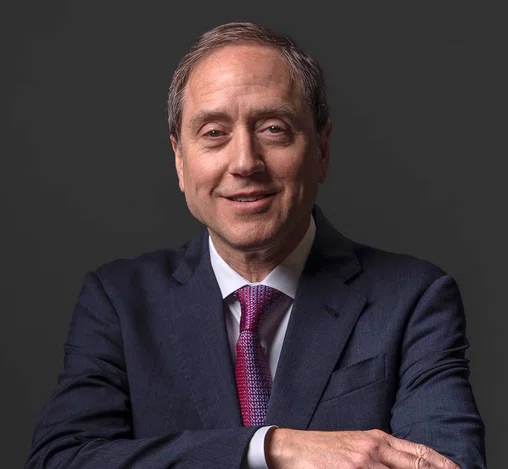Published in London & New York
10 Queen Street Place, London
1345 Avenue of the Americas, New York
Creditflux is an
company
© Creditflux Ltd 2025. All rights reserved. Available by subscription only.


News
Private credit firms raise funds beyond flagships
by Lisa Fu
Private credit firms are raising eye-watering amounts to lend to companies — but they are increasingly doing so outside their flagship funds in order to attract institutional investors.
Historically, the vast majority of institutional capital raised for a private credit strategy went into one closed-end commingled fund. But that’s the old-fashioned way.
The new vogue is for managers to offer a wide range of options to get institutional investors in the door. They can provide vehicles that pay quarterly interest, funds with various leverage options, evergreen structures, rated note feeders, funds-of-one or separately managed accounts (SMAs) associated with the main strategy.
“You can go bananas with how many options you give to investors,” said Alex Moomjy, head of the alternative credit and hedge funds group at PJT Park Hill. “People need to do that to raise capital.”
Notably, the new year kicked off with Ares raising EUR 30bn for its European direct lending strategy, with a little under half of the total outside the main fund. Direct commitments totalled EUR 17.1bn and the rest of the deployable capital came from related capital and leverage, according to the firm.


You can go bananas with how many options you give
Alex Moomjy
Head of alternative credit and hedge funds group
PJT Park Hill
Last summer, HPS raised USD 21bn for its opportunistic direct lending strategy, but just USD 10.4bn was in the commingled fund. The remainder came from funds-of-one, SMAs and co-investment vehicles.
There’s been an uptick in the number of private credit SMAs in recent years, said Constantine Braswell, a vice president in Callan’s alternatives consulting group. SMAs, which are custom vehicles requiring a large commitment, give investors favourable economics — such as lower fees — and more control over which investments should be included.
Even in Europe, it is common for managers to offer investors several levered, unlevered and currency options, said Jeffrey Griffiths, global head of private credit at Campbell Lutyens. The larger the fund, the more likely it is that options will be offered.
Managers are willing to provide these vehicles because the fundraising environment has yet to recover to the high-water mark it reached in 2021.
LPs, generally speaking, are suffering from a “liquidity crunch,” Moomjy said. Investors which made big allocations to illiquid asset classes, such as private equity, during the low-rate era, haven’t been receiving much in the way of distributions. That’s constrained their ability to make new allocations.
Braswell added that some LPs write fewer, larger cheques to increase their negotiating power.





